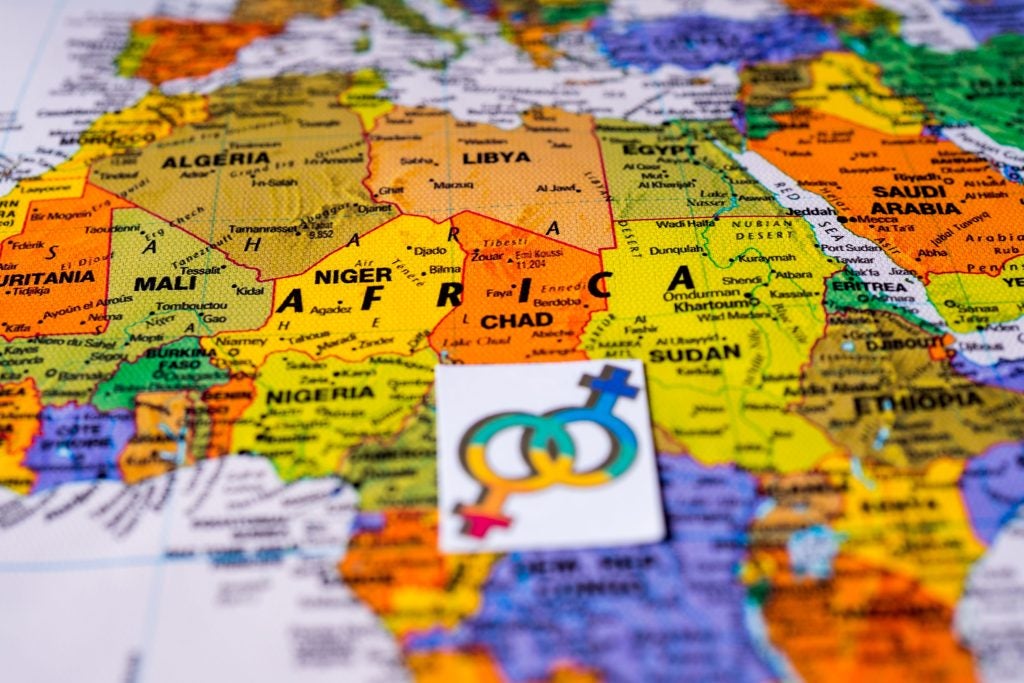US-based biopharmaceutical firm Novavax has reported positive top-line results from a Phase I/II clinical trial of its H7N9 Avian Influenza virus-like particles (VLP) vaccine candidate (H7N9 VLP) with proprietary adjuvant Matrix-M.
The company has carried out the trial as part of a contract with HHS-BARDA to develop VLPs to address influenza strains with pandemic potential.
In February 2011, BARDA awarded a $179m contract to Novavax to develop recombinant influenza vaccine products and manufacturing capabilities for pandemic preparedness.
A total of 610 healthy subjects were involved in the trial, which evaluated the safety and immunogenicity of the H7N9 VLP with Matrix-M.
The dose-ranging, randomised, observer-blinded, placebo-controlled clinical trial was designed to determine the contribution of Matrix-M to potential antigen dose sparing regimens.
In the trial, patients were given two identical doses of either placebo, 15µg of H7N9 VLP alone, or 3.75, 7.5 or 15µg of H7N9 VLP in combination with either 25µg or 50µg of Matrix-M.
How well do you really know your competitors?
Access the most comprehensive Company Profiles on the market, powered by GlobalData. Save hours of research. Gain competitive edge.

Thank you!
Your download email will arrive shortly
Not ready to buy yet? Download a free sample
We are confident about the unique quality of our Company Profiles. However, we want you to make the most beneficial decision for your business, so we offer a free sample that you can download by submitting the below form
By GlobalDataResults showed that H7N9 VLP, with and without Matrix-M, was well tolerated as well as showed a safety profile similar to the company’s prior experience with another saponin-based adjuvant.
The company said that Matrix-M adjuvanted formulations showed a clear immunogenicity benefit relative to unadjuvanted antigen, and a dose-response within the adjuvanted groups.
Novavax president and CEO Stan Erck said: "This study represents the first clinical trial of Matrix-M with our VLPs.
"We are pleased with the performance of Matrix-M in this study, which increases our confidence in the value of this adjuvant and its future application in this and other recombinant nanoparticle products.
"Based on the data from this trial, we will discuss future clinical studies with our partner, BARDA.
"Given the Matrix-M safety profile and dose response observed in this study, we believe additional such studies are warranted to identify the best combination of antigen and adjuvant to achieve the greatest practical antigen dose sparing, consistent with a strong immune response, thus potentially making available the maximum number of doses in a pandemic emergency."







